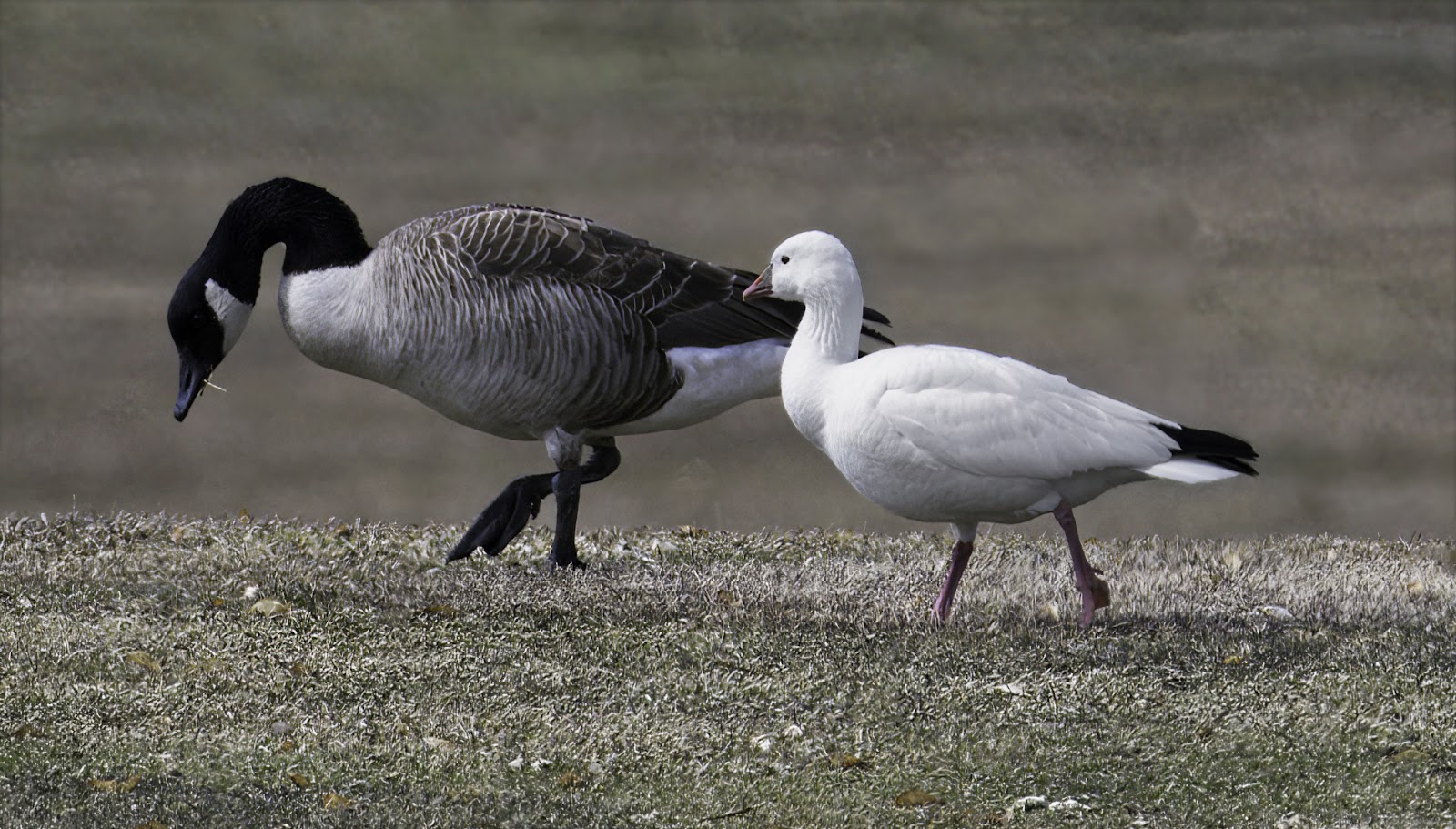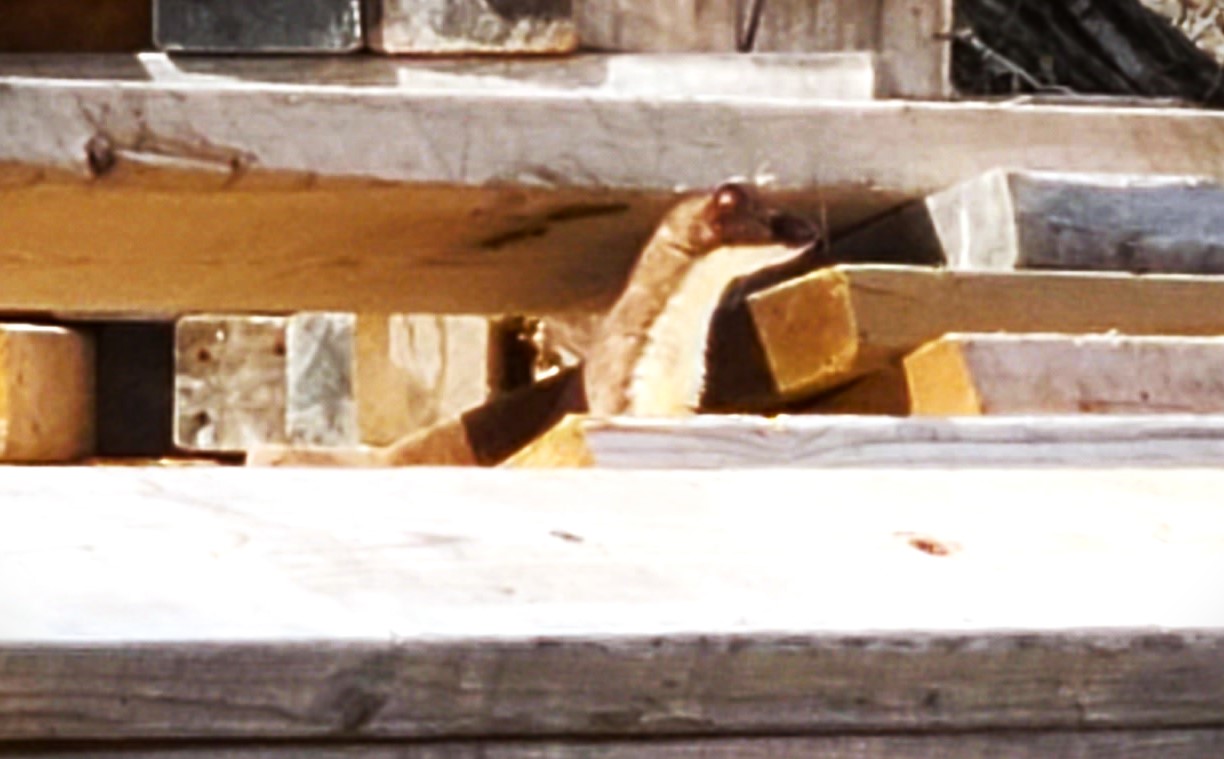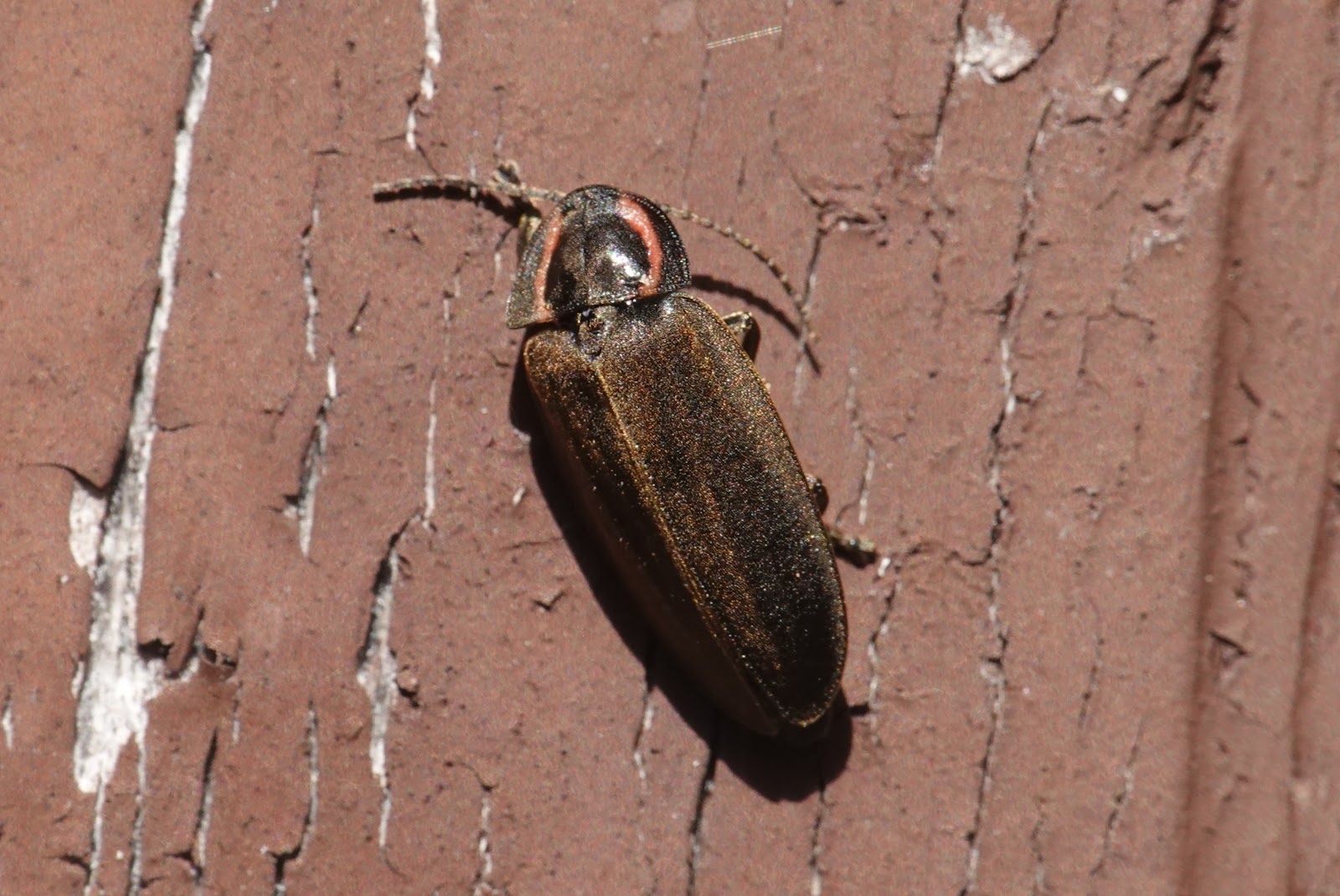NATURE MONCTON NATURE NEWS
April
8, 2025
Nature
Moncton members, as well as any naturalist in New Brunswick or beyond, are
invited to share their photos and descriptions of recent nature sightings to
build a fresh (almost) daily edition of Nature News
To respond by e-mail, please
address your message to the information line editor, nelsonpoirier435@gmail.com .
Please advise the editor
at nelsonpoirier435@gmail.com and the proofreader Louise Nichols
at Nicholsl@eastlink.ca if
any errors are noted in wording or photo labelling.
For more information on Nature Moncton,
check the website at www.naturemoncton.com.
Proofreading courtesy of Louise Nichols nicholsl@eastlink.ca
To view the live feed of the Peregrine Falcon
nest cam on the summit of Assumption Place in Moncton, go to:
https://www.zoodemagnetichillzoo.ca/nest-cam
**Fred Richards has placed a few videos in the Nature Moncton Dropbox of the peregrine falcons in the initial stages of housekeeping atop Assumption Place. There is a video dated Monday December 7 that shows the male and female having a conversation. She leaves, and he stays and guards the egg. Pretty cool stuff. Check out the video link below:
**Suzanne Rousseau in Sussex has had a red-bellied
woodpecker drop into her bird feeder yard periodically all winter and it paid a visit on Monday. Suzanne comments, “It was a very nice visit that always
puts a smile on my face!”
**During the Riverfront bird house cleanup, Fred Richards
and David Cannon saw a small animal moving quite quickly into a pile of wood at
a construction site. Fortunately, it was as interesting to
them as they were to it. It was a weasel.
Fred took documentary cell phone photos. One shows
the colour change is complete to summer brown.
**During a walk in his local forest, David Lilly came
across a pileated woodpecker excavating a nest cavity. They excavate
cavities that can be 12-24 inches deep. Their beaks are strong enough to chip
away the wood into large, flaked pieces, but in the attached photos, the male
was excavating a large birch tree to the size just right for nesting.
**Louise Nichols put the macro filter on her camera and was looking for any small, moving things outside on Monday morning. The only bug she found was a winter firefly resting in the sun on the side of a shed. She also took a couple of photos of lichen- British soldier lichen and pixie cup lichen. If you zoom in on the pixie cup lichen, you can see something that looks like small eggs resting inside.
Kendra Driscoll
from the New Brunswick Museum suggested the small green "egg-like"
structures belong to the lichen. They are probably wet soredia (same as the
drier powder on the outside of the cup).
(Editor’s note:
soredia are tiny packets of fungal and algal material that make up the original
lichen and are one way for the lichen to reproduce itself when it gets carried off elsewhere.)
**On Monday
morning, Brian Stone was inspired by Jim Carroll's report of a Ross's goose on
a golf course in Rothesay, N.B., to get up and out and go get some photos of
that interesting, rare bird. It was easily located, and it spent time in the
large pond as well as on the grassy fairways. It stood out just a little as
something different from the group of Canada geese that it was chumming
around with.
On the way back
home, Brian stopped at a farmer's field outside Hampton to get a few quick
photos of the pair of snow geese (blue morph) that were also hanging out
with Canada geese to make it three special geese for the day. Brian also visited
the Hampton lagoons and will send those photos along for tomorrow’s edition.
(Editor’s note:
Brian provided some very interesting goose photos for today’s edition. The
Ross’s goose is indeed a rare visitor to New Brunswick. The snow goose migrates
North mainly on the Mississippi flyway to the west of us, but we do get
spillover. The white morph snow goose flies North in huge numbers on that
flyway with the blue morph of that species among the flocks but relatively
uncommon compared to the white morph. The blue morph snow goose was once
referred to as the blue goose, but it is the same species exhibiting a
different phenotype plumage.)
Nelson Poirier.
Nature Moncton














